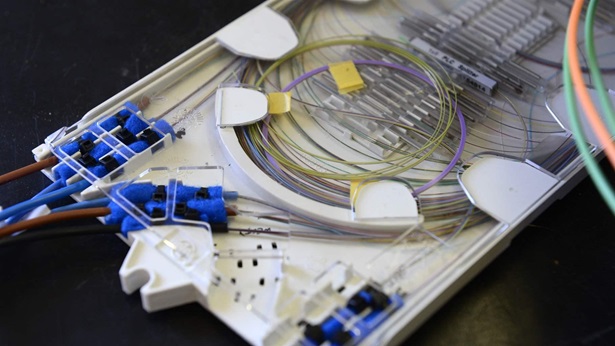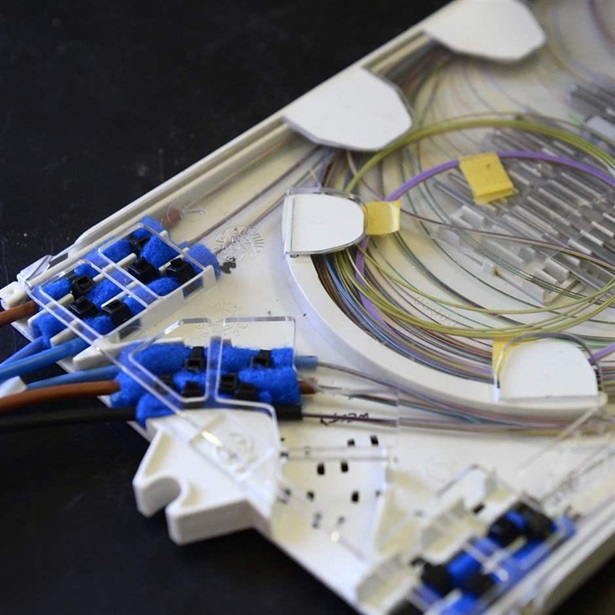How Do Speed, Infrastructure, Access, and Adoption Inform Broadband Policy?
These key elements of internet systems drive funding, technology decisions
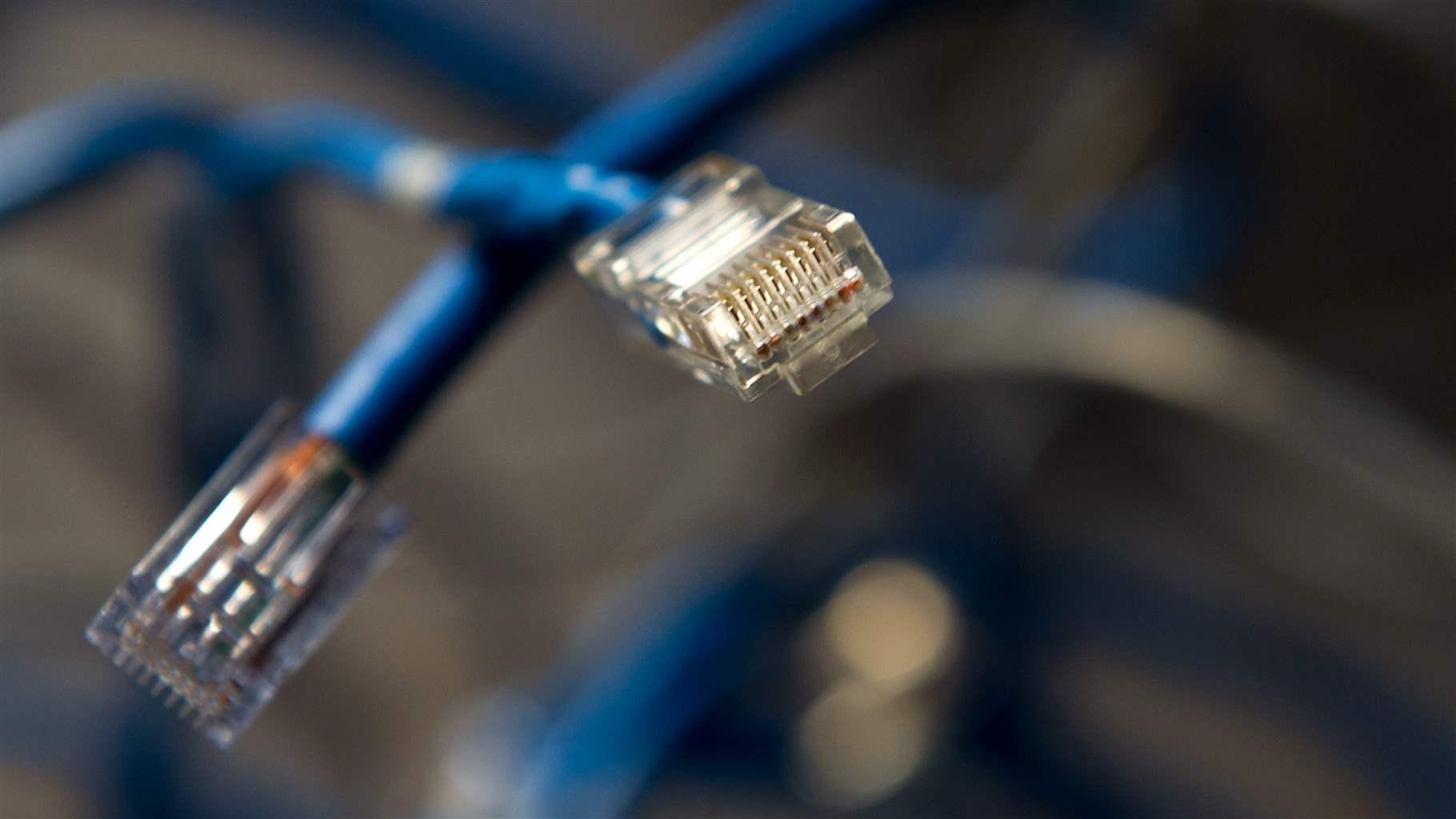
Overview
Significant parts of American life, including education, health care, shopping, and workforce training, are increasingly happening online. And because of this trend, households need reliable broadband—high-speed internet connections—more than ever before. In response, policymakers at all levels of government are working to expand the availability of broadband service.
States have made this a priority, creating designated offices or establishing grant programs to fund the development of required broadband infrastructure. At the federal level, the American Rescue Plan Act (ARPA) includes $360 billion to support certain types of projects—including broadband expansion—and the Infrastructure Investment and Jobs Act (IIJA) allocates $65 billion to help states boost high-speed internet access and adoption. But what factors inform policymakers’ choices about where, when, and how to deploy these significant resources?
Speed
According to the Federal Communications Commission, to qualify as broadband, internet service must offer speeds—the rate at which a device sends (uploads) or receives (downloads) data, measured in bits per second (bps)—of at least 25 megabits per second (Mbps) for downloads and 3 Mbps for uploads. Consumers may have access to the internet at lower speeds, but that is not considered broadband.
However, many Americans have access to internet at much faster speeds. Nationally, the average broadband connection exceeds 130 Mbps, and recent federal legislation has required that projects offer speeds well above the FCC standard to receive federal funds:
- ARPA’s State and Local Fiscal Recovery Funds (SLFRF) and Capital Projects Fund (CPF) provide funding only for broadband projects that will deliver at least 100 Mbps “symmetrical,” meaning that uploads and downloads occur at the same rate.
- IIJA-funded projects, including the Broadband Equity, Access, and Deployment Program (BEAD), must provide minimum speeds of 100 Mbps for downloads and 20 Mbps for uploads.
- Under an October 2021 rule change, the Department of Agriculture’s ReConnect program, which provides loans and grants to pay for broadband infrastructure in rural areas, also now requires funded projects to deliver speeds of at least 100 Mbps symmetrical.
Infrastructure
Broadband can be delivered using several different types of technological infrastructure, including fiber, cable, digital subscriber line (DSL), fixed wireless, or satellite. Each of these technologies has different characteristics and delivers different speeds.
Fiber is the fastest internet technology and provides speeds of at least 100 Mbps symmetrical. Other technologies, such as DSL and geostationary satellites, are slower and tend to deliver asymmetrical speeds.
To date, many state and federal funding programs have been technology-neutral—that is, they do not require any specific technology—as long as the grant recipient can provide service at broadband speeds. However, since the passage of ARPA, federal grant program guidelines, including those for BEAD, SLFRF, CPF, and ReConnect, have consistently indicated a preference for fiber.
Access
Broadband access refers to the existence of infrastructure to support high-speed internet service in a given area. Estimates vary on the number of Americans who do not have access to home broadband. The FCC reckons that at least 18 million Americans lack access, but the independent research organization BroadbandNow puts the figure at 42 million. The problem is particularly acute in rural areas, where topography and long distances increase the cost of installing infrastructure and lower population densities mean fewer potential customers to justify those costs.
To address the resulting lack of private investment in rural internet infrastructure, many state and federal funding programs are targeted toward construction of broadband networks. These programs have primarily focused on infrastructure to support last-mile connections—the network segments that connect customers to an internet service provider—such as a fiber line to the home.
Some government programs, such as Colorado’s Department of Local Affairs Broadband Program and California’s Middle-Mile Broadband Initiative, also fund middle-mile infrastructure, which is the part of a network that connects the last mile to the “backbone,” large fiber optic pipes that are the main data routes on the internet and the primary path for internet traffic between countries. Investment in middle-mile projects can reduce the costs associated with deployment of last-mile infrastructure.
Adoption
Even when the infrastructure to offer broadband exists in a community, some residents may not subscribe to, or adopt, the service. According to Pew Research Center, nearly 1 in 4 Americans do not subscribe to a home broadband connection, even where one is available. These trends are tied to three factors:
- Affordability.
- Access to internet-compatible devices, such as desktops, laptops, tablets, mobile phones, and televisions.
- Digital literacy, the skills necessary to make use of a broadband connection.
Adoption rates are even lower among adults who are low-income, rural, non-White, or 65 and older, and those without a college degree.


America’s Overdose Crisis
Sign up for our five-email course explaining the overdose crisis in America, the state of treatment access, and ways to improve care
Sign up

How Does the Internet Work?
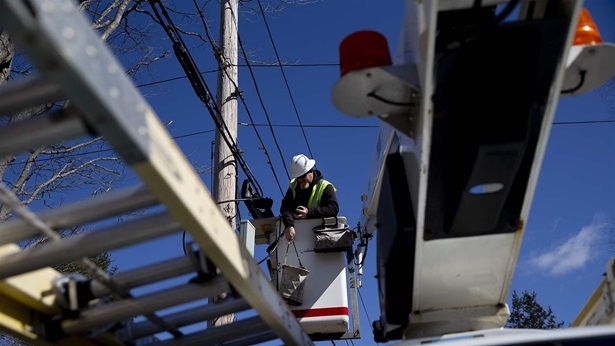
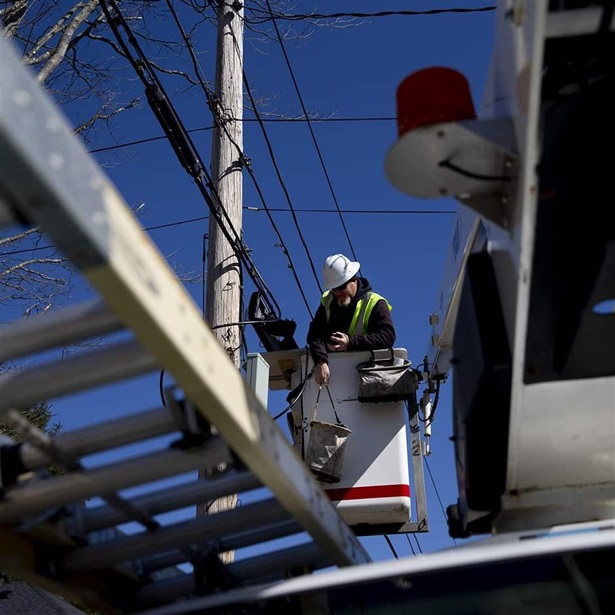
How to Build the Internet
